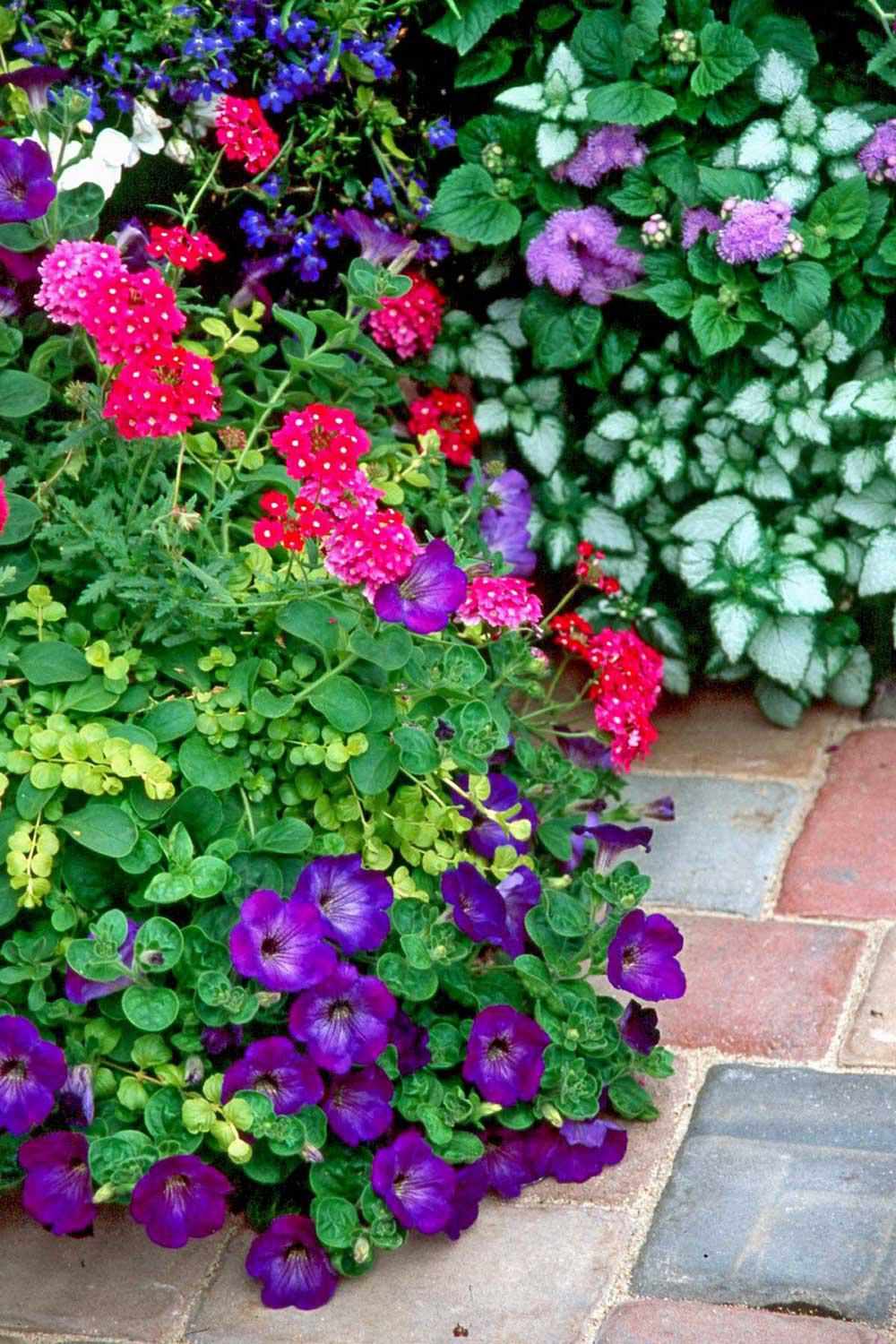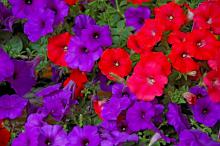Information Possibly Outdated
The information presented on this page was originally released on April 26, 2007. It may not be outdated, but please search our site for more current information. If you plan to quote or reference this information in a publication, please check with the Extension specialist or author before proceeding.
Blue is for boys and gardens, too
By Norman Winter
MSU Horticulturist
Central Mississippi Research & Extension Center
Blue is one of the colors that catches your eye when used in the garden and is a color we all treasure.
The word “blue” itself can cause confusion and invoke several different feelings or thoughts because it carries a lot of meanings in the English culture and language. Blue in the United States flag is the color of the chief, signifying vigilance, perseverance and justice. Perhaps you've said a friend is “true blue,” which kind of coincides with the perseverance definition.
A light blue ribbon on a mailbox signifies proud parents of a new baby boy. In those first weeks and months, parents often dress infants in blue so people will know he is not a she.
Some people describe their mood as blue when they are a little depressed. Elvis even sang it in the words, “I'll have a blue Christmas without you.” The terms “blue movies” and “blue-eyed floozies” are polite ways to refer to questionable topics.
In the horticultural world, blue causes the most laughter and ridicule among plant breeders, or I should say those who name new plants. It seems I am on the shoot of our television segment at least once a year when the plant being filmed is called a blue something. The TV crew laughs at me because invariably the plant is a shade of purple.
I once heard a plant breeder say that if the new flower is not orange or yellow, then they have a right to call it blue. This was obviously a tongue-in-cheek effort to poke fun at himself.
What we do know is that most of us want some blue in our gardens. It is the ultimate cool color, and I don't mean “in vogue,” either. Who doesn't want to swim in the clear, blue water of the Caribbean or doesn't look with envy at the neighbor's pool on a hot, sunny day?
Blue is unique in that if you give it a hint of another color, you still have a shade of blue. Oddly, these blue shades work harmoniously with each other. Red is opposite. Give it a little white and you've got pink, and add a little yellow and you've got orange. Start putting these together and you've got clashes.
Right now, the old-fashioned larkspurs standing so erect are starting to bloom in riotous shades of blue. For summer, I love blue salvias like Victoria Blue, last year's All-America winner Evolution and the new Mystic Spires Blue. I love blue petunias like Easy Wave Blue, Suncatcher Sapphire Blue and Sanguna Atomic Blue, which you'll want if you ever have a chance to see it.
Almost every verbena series has some great blues. Look for Aztec, Tapien, Temari, Tukana and Wildfire. For rock-solid, tough-as-nails, summer-long blue, you can't beat scaevola, the fan flower from Australia. For the shade garden, consider the blue-foliage hosta selections.
Lastly, remember that blue works with any other color in the garden. Its opposite is orange. This is a marriage made in gardening heaven. Put it with red, and you have the beginning of a patriotic garden.
Blue is incredibly unique. Purples and violets will start to disappear with sunset, but plants like scaevola, Biloxi Blue verbena and even spiderwort almost glow iridescently just before dark. It's because our eyes are more sensitive to blues at dusk.
Incorporate some blue flowers in your garden this season and you'll be singing the blues happily.




